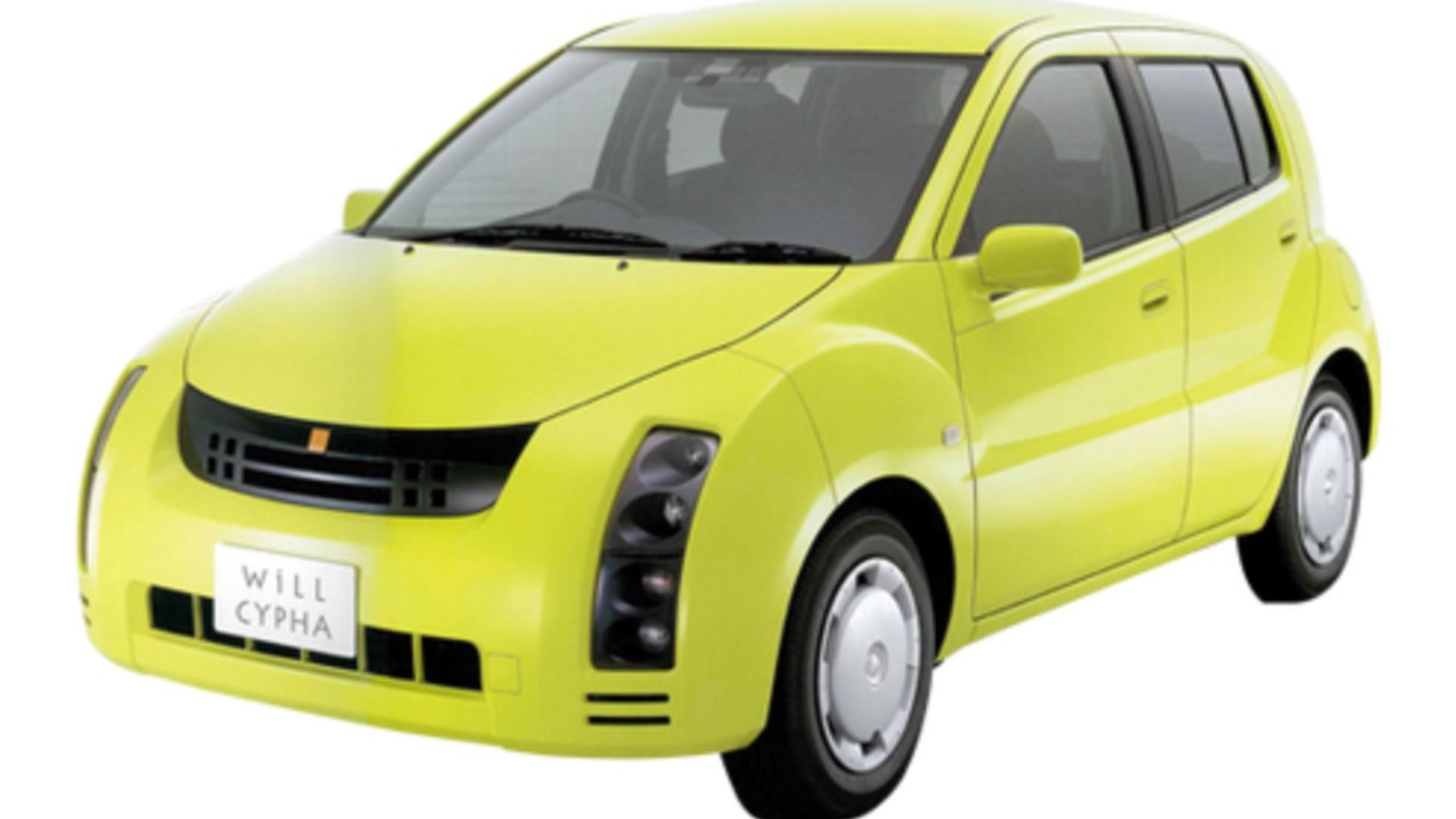When it comes to custom-bodied cars in Japan, Mitsuoka is probably the most famous. It has decades of unique creations, most of which are modern vehicles designed to look like far older ones. Some of them are brilliant, such as the Buddy, a Toyota RAV4 with Blazer styling. Some less so, such as the company’s most ambitious model, the mid-engine Orochi. The Orochi has often been derided, including by us, but it looks positively elegant next to the Value Progress Beast. Value Progress is a brand started by Shiraiwa Motor S.K., which has its own history of bizarre machines, but the Beast might be the most distressing, not just because of the looks, but because of what it used to be. At least there’s only one example.
Lamborghini
- Founded
-
1963
- Founder
-
Ferruccio Lamborghini
- Headquarters
-
SantÁgata Bolognese
- Current CEO
-
Stephan Winkelmann
Yes, There’s a Diablo In There
While we don’t know the year or trim, but we can tell that the Beast started life as a Lamborghini Diablo. Besides the looks, the fact that it also has a manual transmission and V12 engine confirms that this was once a cleanly-designed Italian supercar. Value Progress doesn’t say anything about performance upgrades except for the addition of a triple-plate clutch. As such, we assume it’s probably a stock powertrain, likely from a base Diablo with 485 horsepower and 428 pound-feet of torque.
Of course, the design is the attraction, or repulsion, of the Beast. Fiberglass additions abound with more gills and fins than in an aquarium. There’s physically more car, too, as the Beast is a shocking 22.4 inches longer than a stock Diablo. The strangest features are on the roof and at the front. A roof scoop for feeding the engine bay has been added, and sits under the louvered spine, but to either side are mini-wings. Value Progress claims these, along with the giant rear wing, front splitter and rear diffuser provide extra downforce. That may be true, but we’re skeptical that functional downforce was a priority for the designer.
That front end, though, deserves a little extra attention. Much of the car’s added length is found here. Instead of the Diablo’s simple wedge, the Beast now has huge air intakes and a grille. The pop-up lights are gone, too. Lamborghini itself actually used fixed headlights on later Diablos, but those came from the Nissan 300ZX. The Beast has different Japanese car headlights, though. These come from the also strange WiLL Cypha hatchback. That car was odd not just for its styling, but also for being sold through a chain of stores in Japan selling other WiLL products such as electronics.
We’re a bit disappointed there aren’t any photos of the Beast’s interior. For as outrageous as the exterior is, we hope the interior matches. A lack of photos has us suspecting if it’s just a standard Diablo inside.
This Isn’t Value Progress’s Weirdest Car
As shocking as the Beast is to look at, it’s arguably tame compared with some of the other creations from Value Progress. Take, for instance, the DragStar F1. It came out 15 years ago, and it began life as a Toyota MR-S (MR-2 Spyder in the US). Value Progress dramatically lengthened the nose and turned it into an open-wheel car complete with an F1-inspired nose cone and front wing. But under the extreme skin was the same, standard MR-S 1.8-liter four-cylinder with 138 horsepower. The following year came the DragStar F1 Dragon, which was very similar, but gained full fenders, a huge wing and so many vents and strakes.
Even the DragStars don’t top the Toy Box Alligators, though. These started as humble two-door Nissan March (Micra in other markets) hatchbacks. Value Progress again stretched out the front ends, but this time went a bit crazy on the mechanical side of things. The original Alligator and Alligator II both featured two sets of steering wheels at the front. The first one came out in 2003, and the successor was shown in 2004. The original simply used the stock 1.2-liter four-cylinder, but the sequel was intended to get a 4.5-liter V8. It’s not clear whether that happened, and we imagine that engine swap would’ve involved even more complicated chassis work than just the additional steering wheels alone.
Source: Value Progress
News Summary:
- You’ll Never Guess Which Famous Italian Supercar Is Under This Mess
- Check all news and articles from the latest Tech updates.
- Please Subscribe us at Google News.



